GPCR/G protein

All GPCRs share a common seven trans-membrane structure. GPCRs are associated with heterotrimeric G-proteins which are GTP-binding proteins made of alpha, beta, and gamma subunits. When a ligand binds to GPCR, it activates the attached G-protein, the GDP is replaced with GTP. The activated G-protein then dissociates into an alpha and a beta-gamma complex which activates downstream signaling pathways. These intracellular signaling pathways include cAMP/PKA, calcium/NFAT, phospholipase C, protein tyrosine kinases, MAP kinases, PI-3-kinase, nitric oxide/cGMP, Rho, and JAK/STAT.
GPCRs are one of the most important therapeutic targets for various diseases, over 30% of all modern medicinal drugs target this family. Aberrant GPCR functions are involved in pathological conditions such as neurological, immunological and hormonal disorders. A large number of GPCRs have been identified, but whose ligands are not known, are classified as orphan receptors.
-
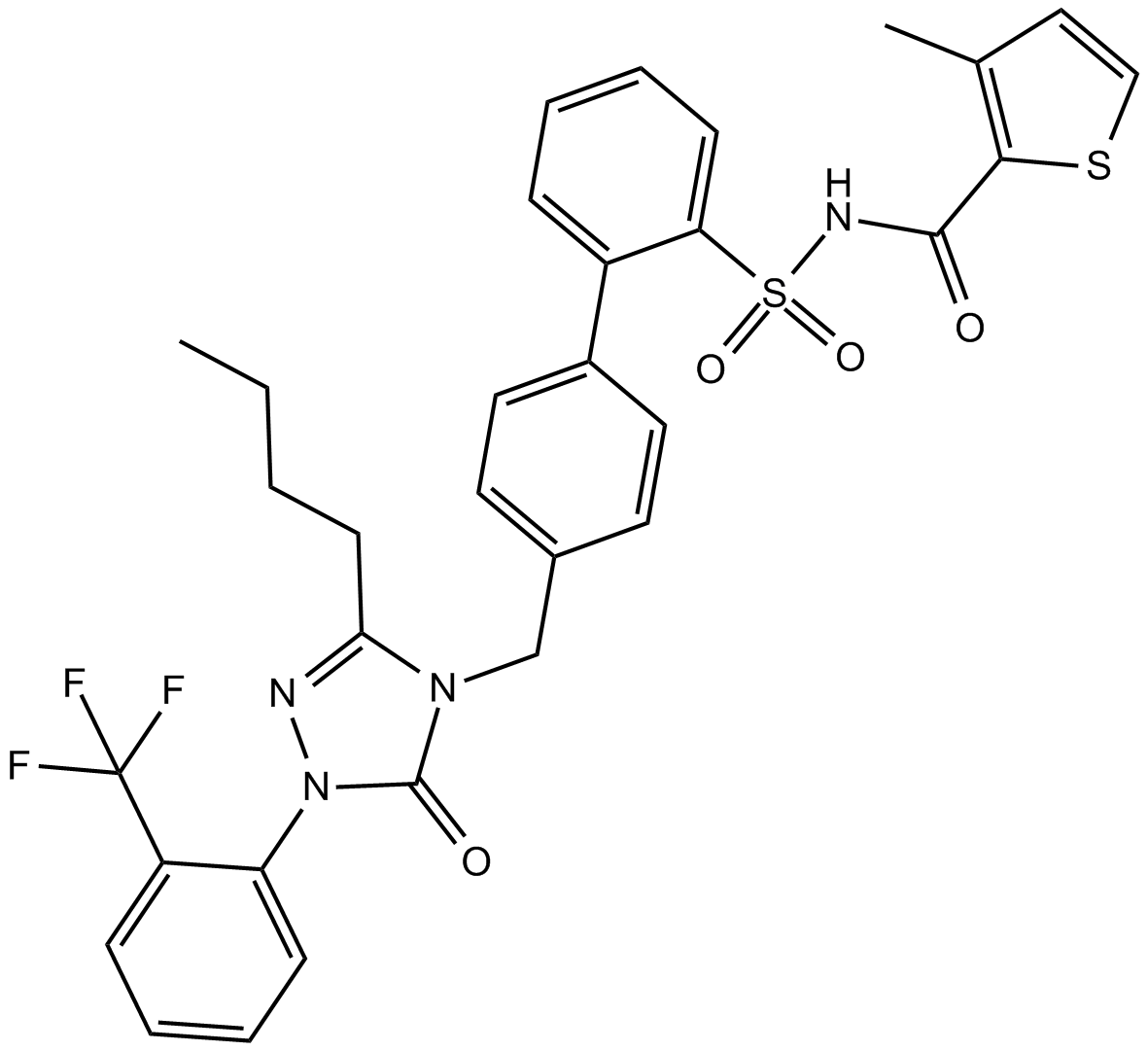 B7088 L-161,982Target: Prostanoid ReceptorsSummary: EP4 receptor antagonist
B7088 L-161,982Target: Prostanoid ReceptorsSummary: EP4 receptor antagonist -
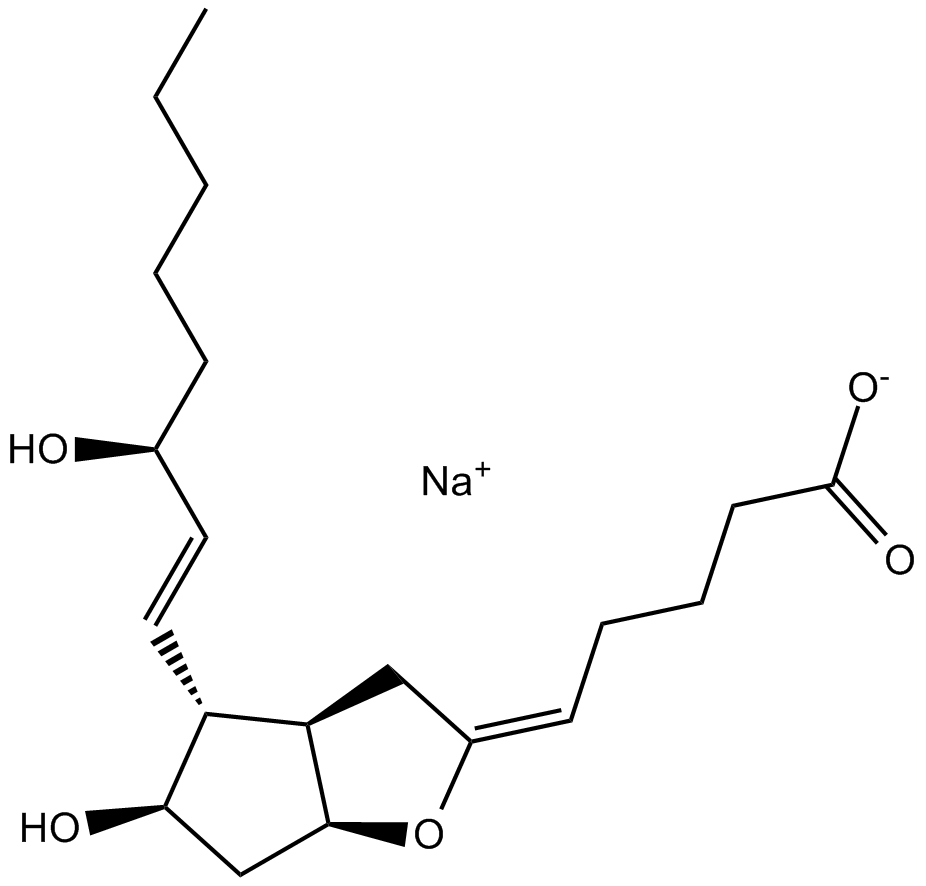 B7242 EpoprostenolSummary: IP prostanoid receptor agonist
B7242 EpoprostenolSummary: IP prostanoid receptor agonist -
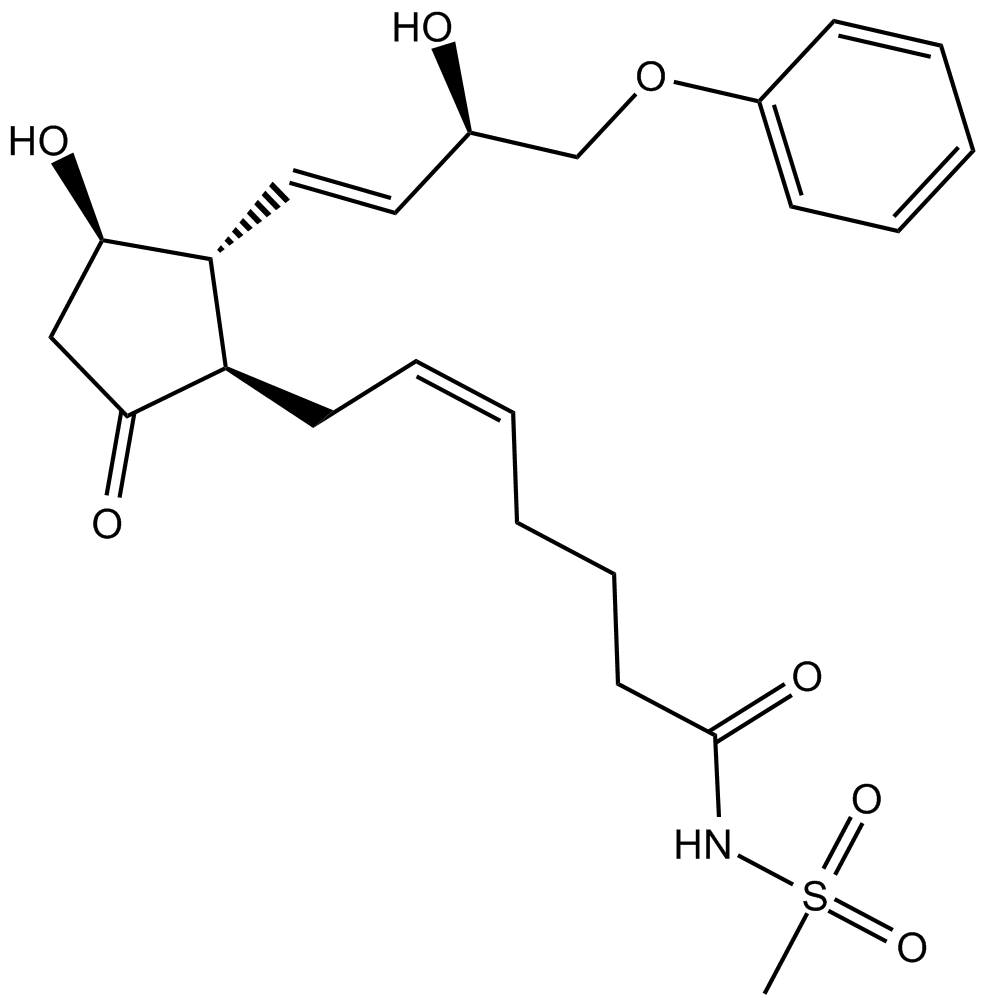 B7255 SulprostoneSummary: EP3 and EP1 receptor agonist
B7255 SulprostoneSummary: EP3 and EP1 receptor agonist -
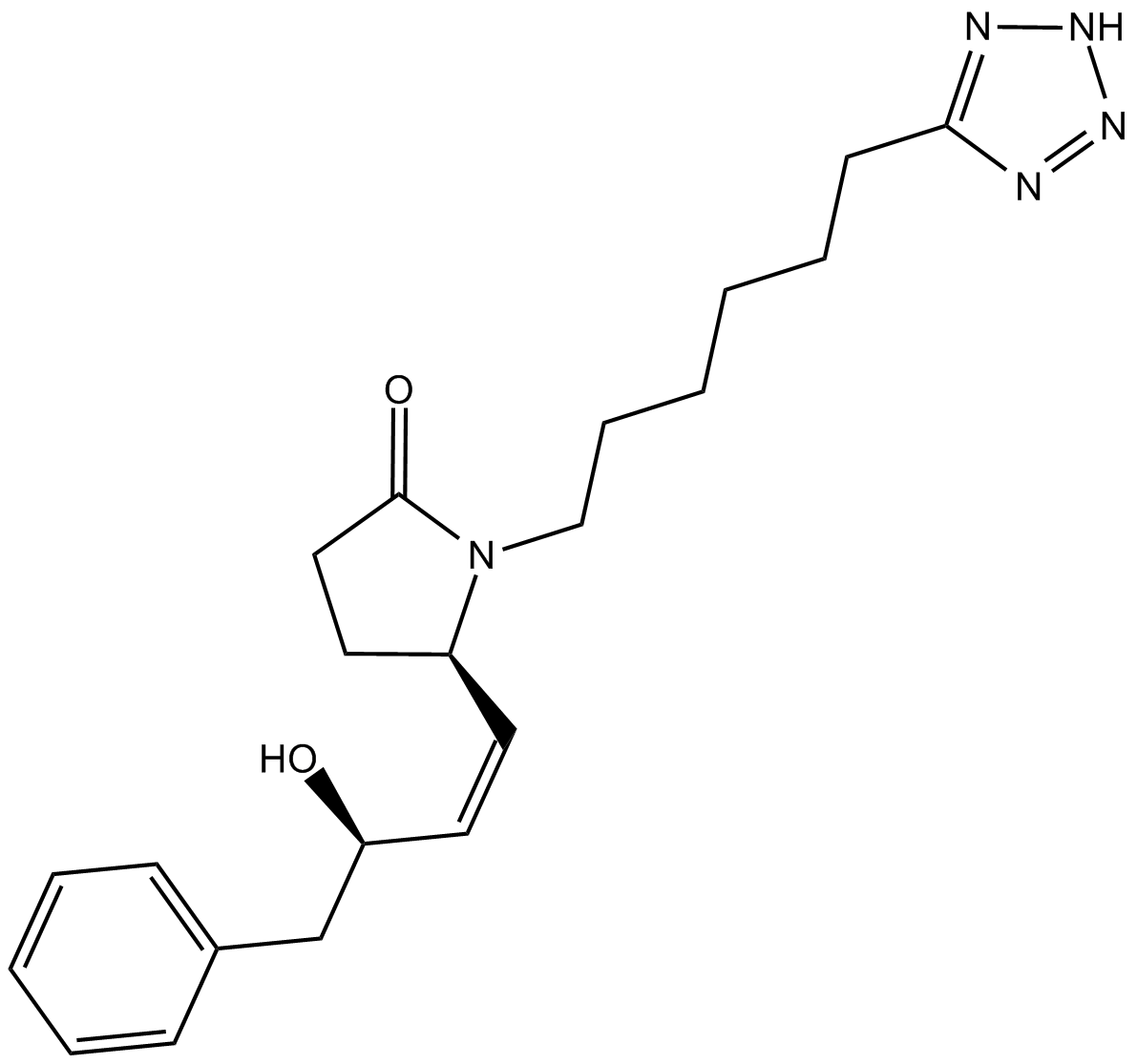 B7580 TCS 2510Summary: EP4 agonist
B7580 TCS 2510Summary: EP4 agonist -
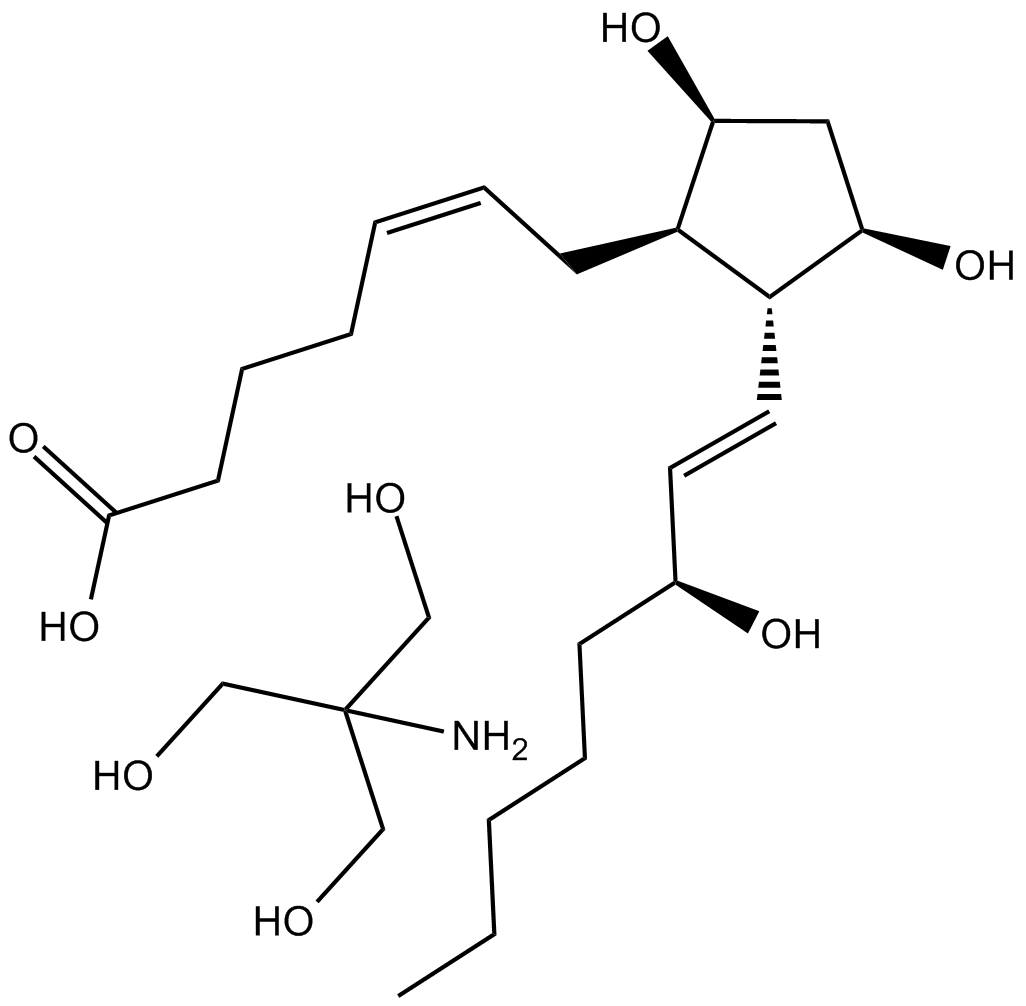 B7617 Prostaglandin F2αSummary: Prostaglandin E2 and F2α receptor agonist
B7617 Prostaglandin F2αSummary: Prostaglandin E2 and F2α receptor agonist -
 B7680 (+)-FluprostenolSummary: Prostaglandin F2α (FP) receptor agonist
B7680 (+)-FluprostenolSummary: Prostaglandin F2α (FP) receptor agonist -
 B5242 L-670,596Summary: thromboxane A2/prostaglandin endoperoxide receptor antagonist
B5242 L-670,596Summary: thromboxane A2/prostaglandin endoperoxide receptor antagonist -
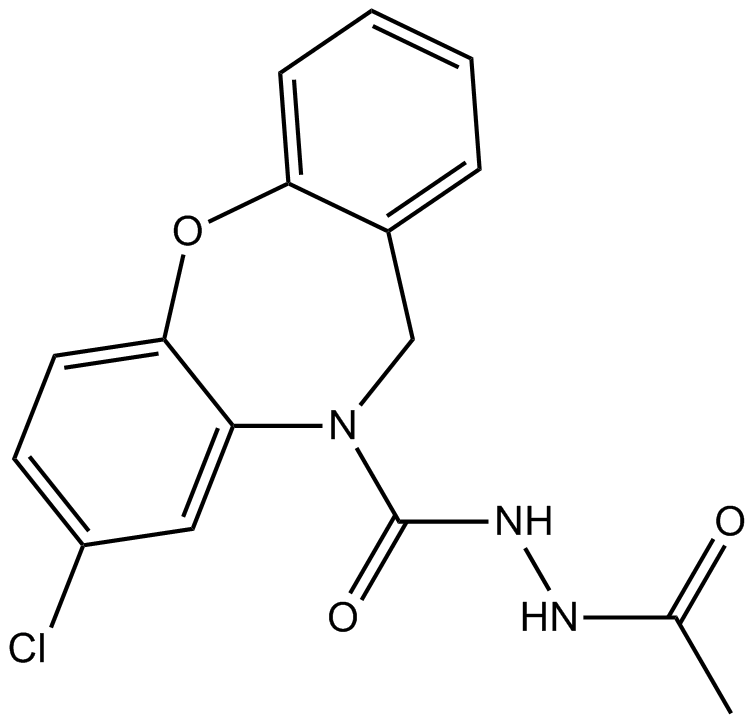 B6633 SC 19220Summary: EP1 receptor antagonist
B6633 SC 19220Summary: EP1 receptor antagonist -
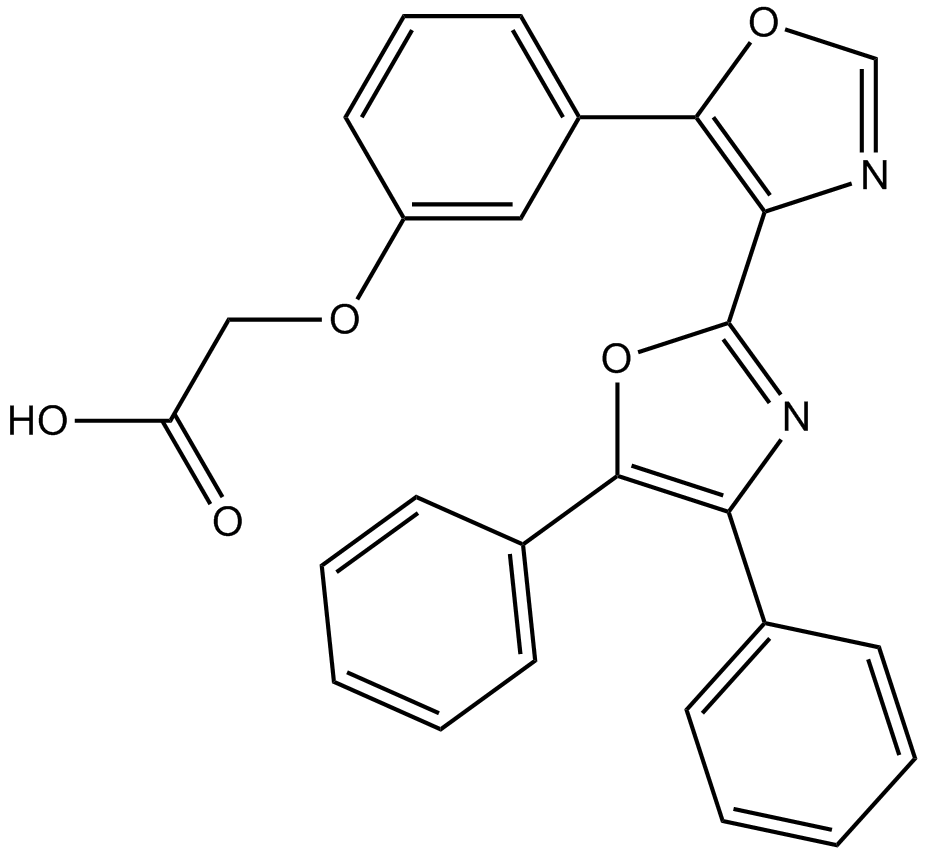 B6741 BMY 45778Summary: partial agonist at IP1 prostacyclin receptors
B6741 BMY 45778Summary: partial agonist at IP1 prostacyclin receptors -
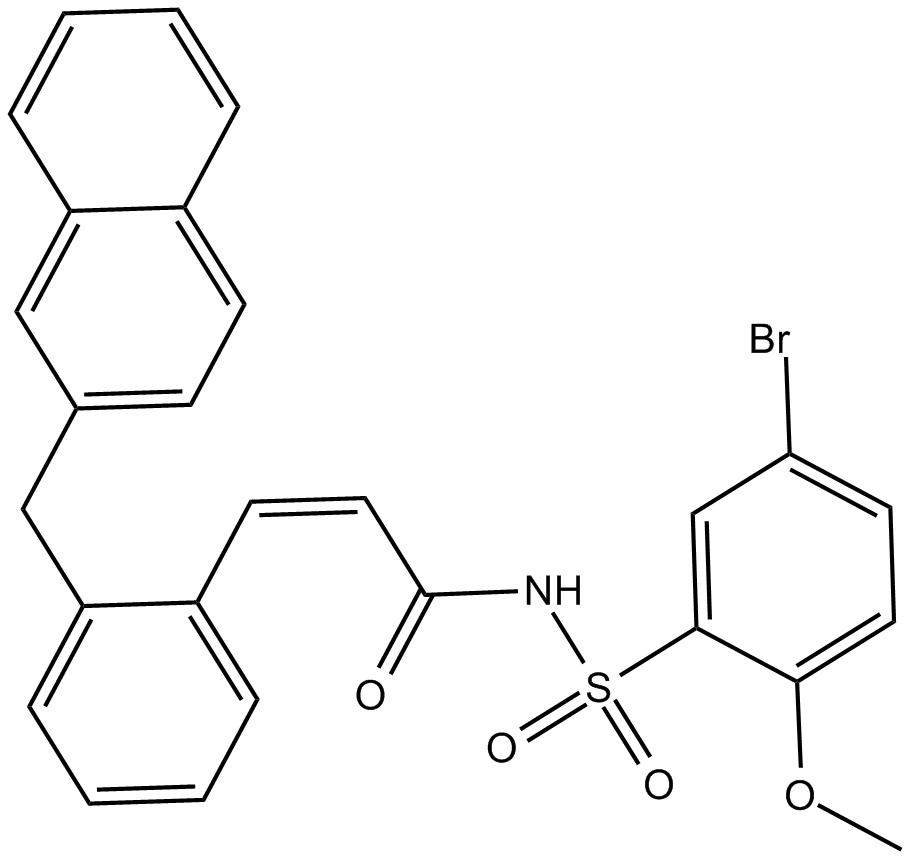 B7371 L-798,106Summary: prostanoid EP3 receptor antagonist
B7371 L-798,106Summary: prostanoid EP3 receptor antagonist

